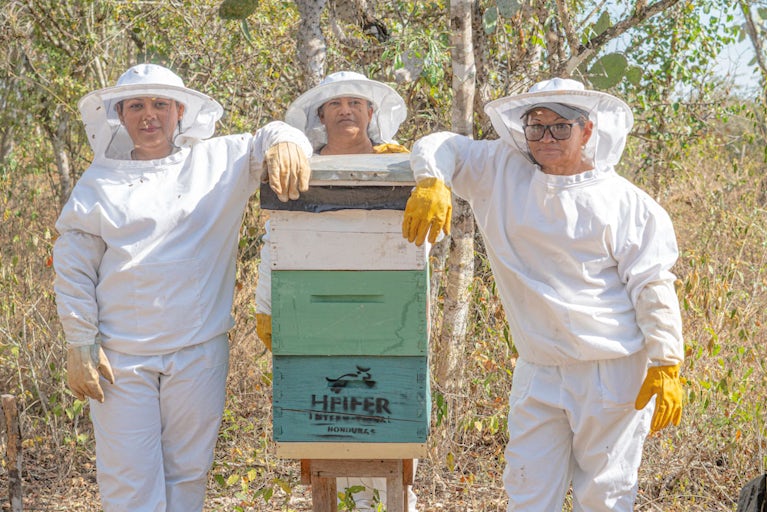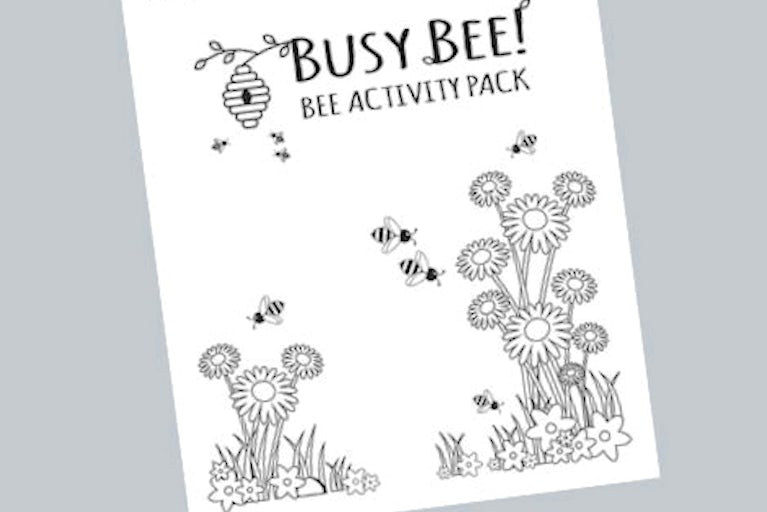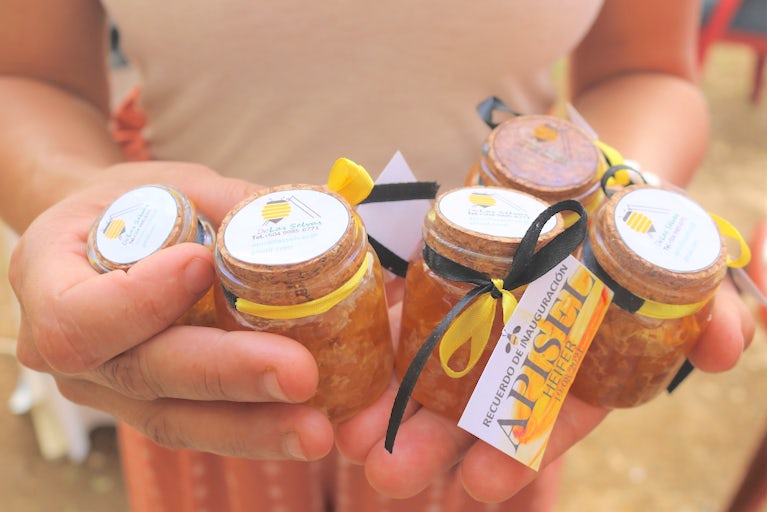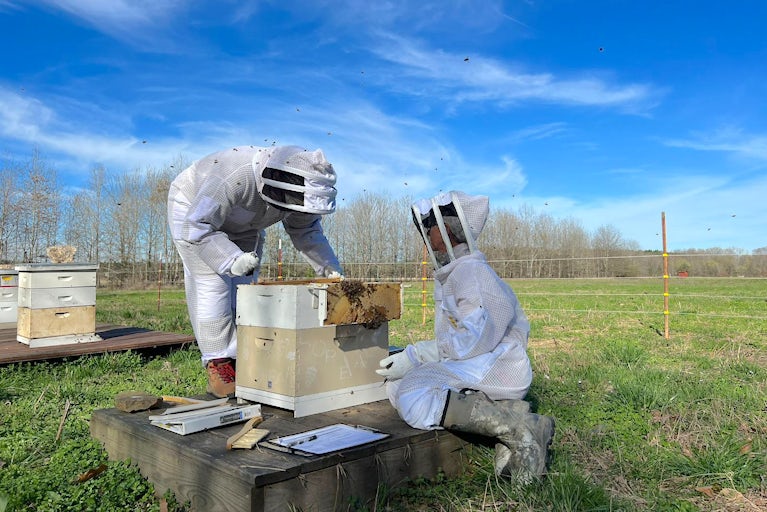
More Honey, More Money: How Bees Offer Opportunity in Honduras
Beekeeping increases both income and choice in rural communities limited by climate shocks and poverty.
When you buy bees for a family in need, your gift:
Let your honeybee donation turn a family’s struggle into a lifetime of opportunity.
When you buy bees for a family in need, your gift:
Let your honeybee donation turn a family’s struggle into a lifetime of opportunity.
Success!
Please be patient while we send you to a confirmation page.
We are unable to process your request. Please try again, or view common solutions on our help page. You can also contact our Donor Services team at 855.9HUNGER (855.948.6437).
It’s no secret these days that bees are extremely important. According to the U.S. Department of Agriculture, they feed 80 percent of the crops that we eat including broccoli, apples, asparagus, blueberries and coffee to name a few.
Because of their importance to our food crops it is more crucial than ever to support these little buzzing beauties. Here are some easy ways to help #savethebees (without going full-on beekeeper).
Think about letting a portion of your yard go back to its roots. Allow dandelions and clover to grow again (two of bees’ favorite delicacies). Not only will you spend less time mowing your lawn, the bees will thank you for it.
Pesticides and herbicides contain chemicals that are very harmful to bees and other beneficial insects. Avoid chemical sprays on your plants and yard. Do some research and try some natural, bee-friendly alternatives.
Plant an array of herbs and flowers that attract bees (like mint, lavender, and poppies, to name a few). Ideally, pick flowers that are native to your area and will bloom at different times of the year. Learn how to make a windowsill bee garden here.
Supporting your local growers and supporting bees go hand in hand. When you can, buy your fruits and vegetables (and honey) from local farmers or from local farmers markets.
A Heifer honeybee gift donation includes a bee package, hive, box and training in beekeeping techniques. When you buy bees for a family in need, your gift increases the global honeybee population to support the environment.
Beekeeping, also called apiculture, is part of Heifer’s work in the area of environmental sustainability.
Farmers who keep bees see increased crop yields, whether they are growing coffee, spices or vegetables. Plus, they are able to harvest honey during the non-growing season to earn extra income, producing 60 pounds or more of honey each year.
The practice of beekeeping protects the environment, and Heifer farmers are trained to adopt climate-smart practices like diversifying their farms and producing organic fertilizers.

Beekeeping increases both income and choice in rural communities limited by climate shocks and poverty.

These busy bees help your students to build skills in math, language arts and problem solving with a maze, color by number, jokes to decode and a hands-on demonstration about pollination!

A group of intrepid local beekeepers supported by Heifer Honduras’ Leveraging Success project has created new opportunities by turning Las Selvas into an apiculture hub.
Have limited space, but still want to help save bees? Plant a bee garden on your windowsill!

Bees are a key part of the ecosystem at the Heifer Ranch Center for Regenerative Agriculture – and beyond.

You may not know it yet, but you love and depend on bees. Here are some easy things that you can do to help them out.
Cart is empty
Success!
Please be patient while we send you to a confirmation page.
We are unable to process your request. Please try again, or view common solutions on our help page. You can also contact our Donor Services team at 855.9HUNGER (855.948.6437).
Covering the transaction fee helps offset processing and administrative fees that we incur through taking payments online.
Success!
Please be patient while we send you to a confirmation page.
We are unable to process your request. Please try again, or view common solutions on our help page. You can also contact our Donor Services team at 855.9HUNGER (855.948.6437).
When you donate a gift to someone, you'll have the option to create a free card after your donation is complete.

A FREE gift will be sent to supporters who choose to give a monthly gift.
Covering the transaction fee helps offset processing and administrative fees that we incur through taking payments online.

A FREE gift will be sent to supporters who choose to give a monthly gift.